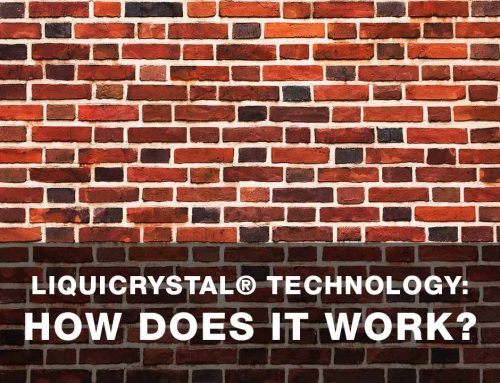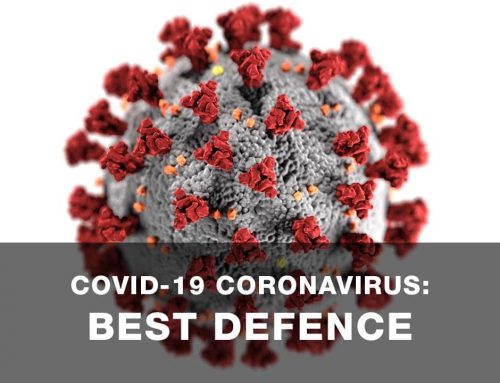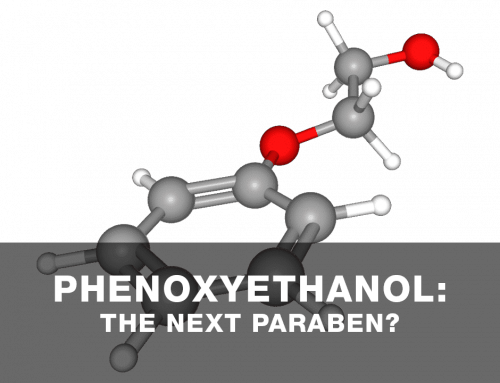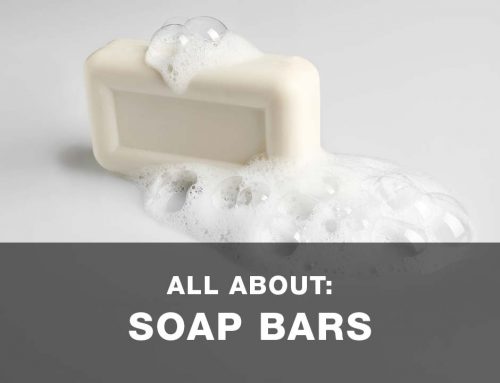

THE IMPORTANCE OF PH BALANCED SKINCARE
We try to do the right thing. We wash our faces daily and religiously moisturise, (most of the time… We’ve all been there… we don’t judge!) slathering our skin with healthy ingredients to make it look younger. Now you find out something about being pH balanced…. It’s not like you had enough to worry about!
But do you know if your skincare products are pH balanced? It’s worth investigating, because if they’re too acidic or too alkaline, you’re setting yourself up for a host of potential skin issues.
Let’s go back to high school chemistry for a second. Remember when you dipped those little pH testing strips into all kinds of liquids to determine where they fell on a scale from base to acid? You might have thought those days were behind you, but if you’re a skincare junkie or you care about your skin, you’ve probably noticed plenty of brands conjuring the spirit of the chemistry teacher, claiming that their cream, serum, or peel helps balance your skin’s pH.
Examples of pH
- Battery Acid: 1.0
- Lemon Juice: 2.0
- Vinegar: 3.0
- Stomach Acid: 1.5 – 3.5
- Water: 7.0
- Blood: 7.35 – 7.45
- Baking Soda: 8.0
- Soap: 8.0-11.0
- Ammonia: 12.0
- Drain & Oven Cleaner: 13.0 – 14.0
pH is a scale of measure from 1 to 14 that tells you how acidic a product is. A neutral pH is 7. Anything lower than 7 is considered acidic while anything higher than 7 is considered alkaline or basic. A pH difference of 1 may not seem like a big deal, but the pH scale is logarithmic not linear.
To understand the significance of the scale:
- A pH of 6.0 is 10x more acidic than a pH of 7.0
- A pH of 5.0 is 100x more acidic than and a pH of 7.0
- A pH of 4.0 is 1000x more acidic than a pH of 7.0
Normal skin pH ranges from 4.5 to 6.5, which means it is always on the slightly acidic side. This acidity of the skin is termed the “acid mantle” and is maintained by sebaceous glands, sweat glands, normal skin flora, among others that protects it from any possible irritants, like acne-causing bacteria, environmental pollutants and trans epidermal water loss (AKA one of the culprits behind dry skin).
The optimal pH for your acid mantle varies slightly but for everyone, it is just slightly acidic–around 4.5-6 and remains at this pH to defend itself from bad bacteria, which can multiply in more alkaline conditions.
What makes an acid… an acid??
What makes an acid an acid is its ability to donate a proton to another molecule nearby it, in a process called protonation. A proton is just a hydrogen atom that’s lost its electron. An acid’s strength is determined by how willing it is to give up that proton. A weak acid like milk will drag its feet about protonating the molecules nearby whereas a strong acid like Sulphuric acid, is just looking for any reason it can to give up its Proton!
If your acid mantle is too alkaline, your skin will feel dry and sensitive, and may even age faster. A 2010 study in the British Journal of Dermatology that tracked skin ageing over an eight-year period found that a more alkaline stratum corneum had more fine lines and crow’s feet — and were more prone to sun damage — than those with acidic skin.
At the other end of the spectrum, overly acidic skin has angry breakouts and may be inflamed and painful to touch. So how do you make sure your skin’s pH is floating near the 5.5 sweet spot? Read on for a few pH balanced skin care tips!
One of the big culprits of pH disruption are cleansers – your shaving products, face washes, shampoos and of course, body wash. You know that super squeaky feeling you get after using one? Yeah, that isn’t good! It’s a good indication that your acid mantle has been disrupted. The goal is to cleanse your skin without over-stripping it of its natural oils & maintaining a healthy acid mantle.
Moisturisers aren’t excluded though – while the effects of disrupting the acid mantle are well known, due to the intimate interactions between emulsifiers, preservatives and ingredients, some moisturisers, especially if it’s not expressively mentioned anywhere, can have a disruptive pH balance – usually towards the alkaline spectrum.
You can test the pH of products using pH litmus strips or if you want to get techy, invest in a simple pH meter. If the pH of a product is less than 4 or more than 6 then you should discontinue using it.
All R10 Labs 100% natural Skincare products are pH balanced between 4.5 – 5.5
The pH of your skin care products matters more than you think. Using the correctly balanced ones will not only keep your skin happier and healthier but also help you to avoid unnecessary acne. Stripping your skin with harsh products will only increase oil production, leaving your skin clogged and irritated. So, next time you plan to make a skin care purchase, make sure to find out the pH of it beforehand so you can buy products that are healthier for your skin.
The science in skincare is our ongoing series helping consumers better understand the science in skincare. We translate the science into a format that is much easier to read, bust the myths and give you a clear, transparent and honest assessment so you can make an informed choice of what goes onto your skin.
Be the first to hear about our new articles by signing up to our email newsletters or by following us on Facebook or Twitter





Leave A Comment